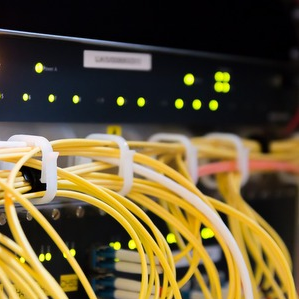About 25% of domestic Russian Internet traffic passes through routers installed abroad. This is the conclusion reached by the engineers of Supercomputers and General Informatics Department of Samara University, who created their own technology for measuring and evaluating traffic routes on the Internet.
“If a user from Samara receives information from a server hosted, for example, in St. Petersburg, in 20-25% of cases this traffic transits through Europe or America, – cited the example Professor of Supercomputers and General Informatics Department Andrey Sukhov. – So, the distribution of addresses, the rules for working with domain names are governed by organizations located outside the country. Such a gap, through which a quarter of domestic traffic simply flows abroad, makes the Russian Internet segment extremely vulnerable”.
Managing traffic routing opens up the potential for unauthorized use of users' personal information for later analysis using Big Data technologies and artificial intelligence. The information obtained can be used for various purposes in the future – from relatively innocuous obsessive e-commerce to global electronic surveillance systems.
Currently, most of the leading countries in the world, using the national segments of the global network, create and actively develop their own systems for measuring traffic flow. The most common are RIPE Atlas and PingER. In Russia there is not yet its own measuring system, allowing to obtain information about the actual setting of traffic routes.
In order to quickly assess the traffic route, the researchers of Samara University suggested using the delay time of the data packet. “Until now, there have been no clear and objective methods for measuring the share of Russian domestic traffic passing through foreign servers. We tried to find a simple and at the same time accurate measurement tool. And we chose the time of delay for it, – explained Andrey Sukhov and cited an example. – When data packets from one Russian network user to another go through the territory of Russia, the distance between the subscribers usually does not exceed 2,000 km on the map. Accordingly, in this case, the minimum traffic delay will be limited to 30 ms. If the route “enters” Europe, the geographical distance rises to 5,000 km and the delay is up to 70 ms. And with the removal of traffic across the Atlantic Ocean, this distance increases to 10,000 km, and the delay rises to 120 ms”.
The scientists of Samara University claim that for any geographic route it is possible to calculate the maximum value of the minimum delay, above which you can fix the “abnormal” signal routing. They created a prototype of a user device capable of tracking traffic sent along a transit route and allowing it to travel the shortest way through an optimal network of routers.
